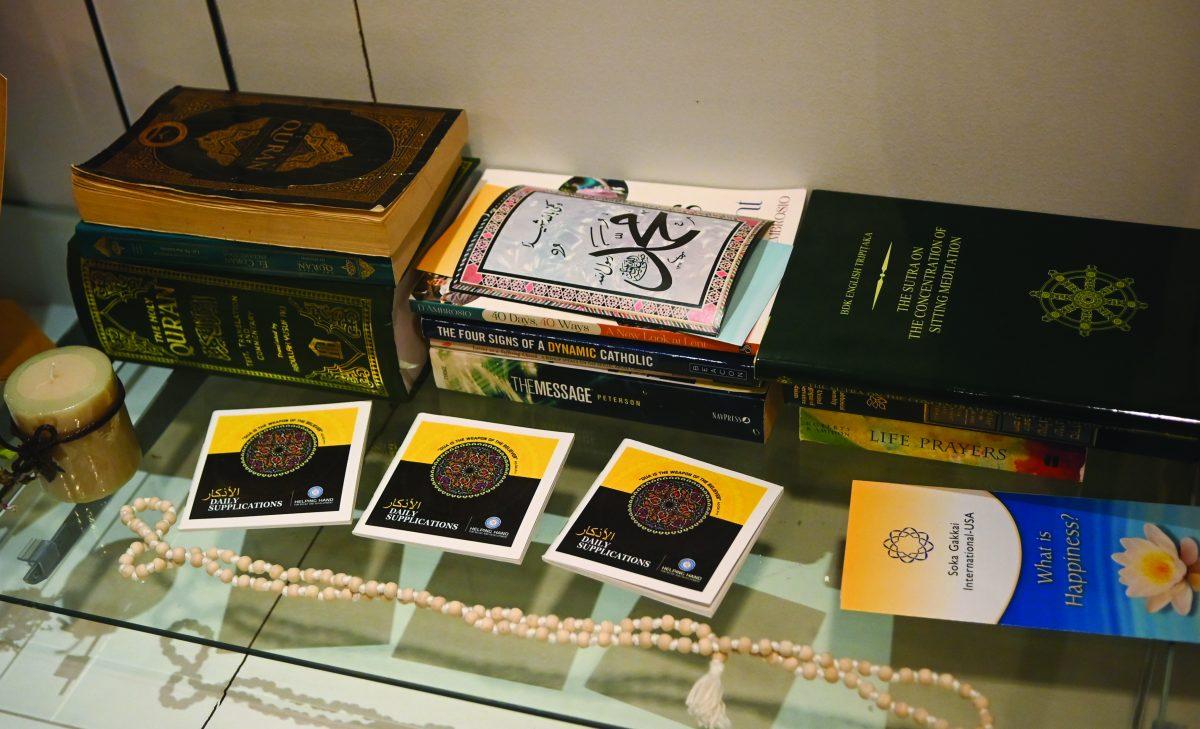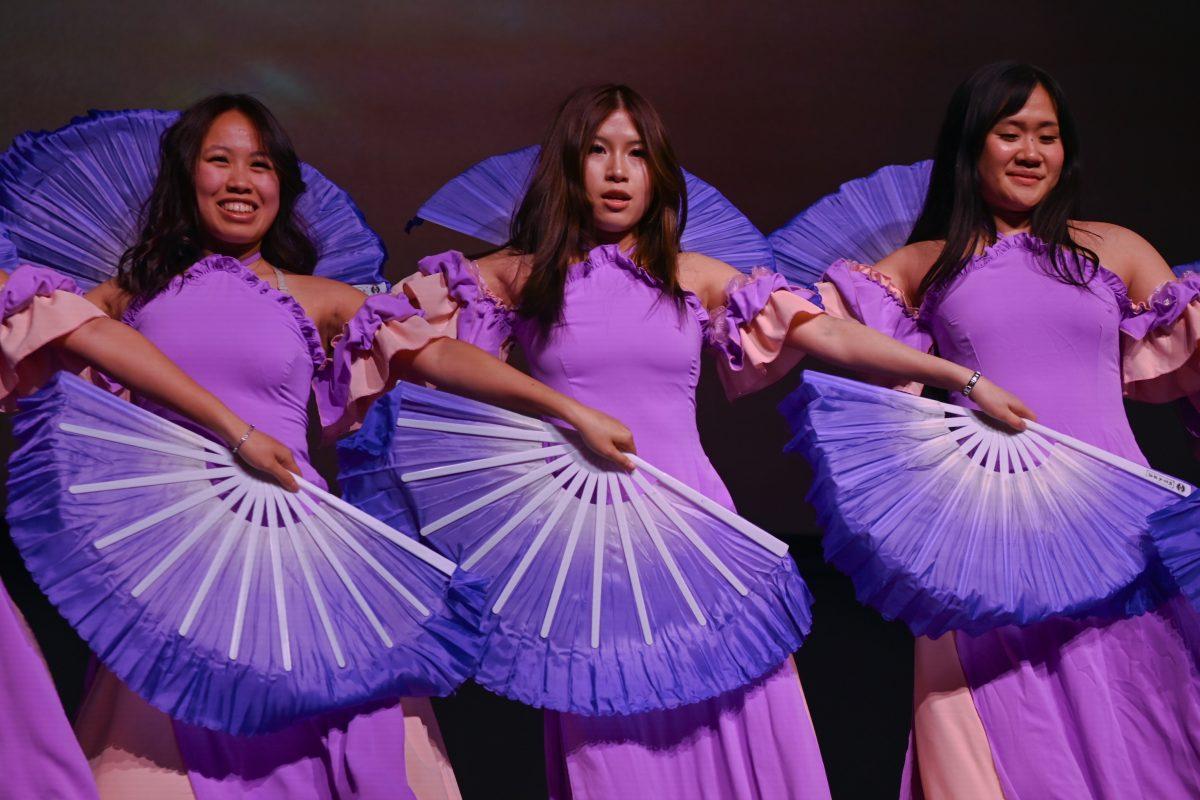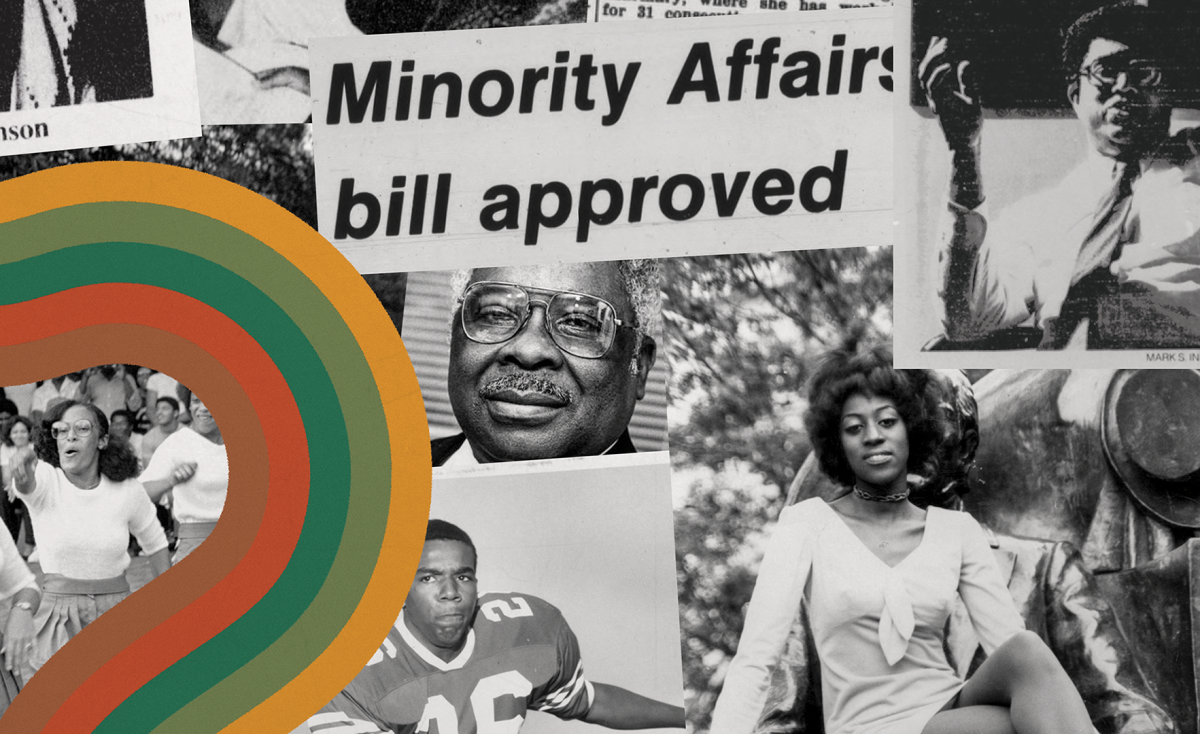Fashion is an ever-changing landscape, and one clear avenue of influence is globalization. Asian, Pacific Islander and South Asian American influence on fashion in the United States has become the norm, with many consumers opting to shop foreign brands and welcome new styles based on cultural trends and diversity from halfway across the globe.
While many people associate Asian fashion with East Asian brands like YesStyle and Cider, there are many ethically made, sustainable brands that focus on long-term wear and are located throughout the continent.
Krushi Bandam, a first-year studying computer science, said one of her favorite South Asian-owned fashion brands is Hut Mentality.
“Hut Mentality is a sustainable brand that sources directly from North Indian artisans,” Bandam said. “It’s pretty expensive because they ethically source the fabric.”
Hut Mentality has made a name for itself by creating slow-fashion pieces that embody North Indian culture by implementing ancient textile practices to create clothing. Its pieces are self-described as “a boycott of fast fashion, and a rebellion of ‘fast fads.’”
Ethical South Asian fashion brand Sabyasachi celebrates Asian culture by creating high-end clothing for special occasions, especially Hindu holidays.
“Sabyasachi is for celebrities, and the fabric is extremely detailed and intricate,” Bandam said. “Sabyasachi is more celebration wear. It’s mostly worn for Indian weddings, but can also be used for Holi, Sankranti and other holidays.”
Despite the popularity of these slow-fashion brands, most of the popular Asian-owned brands in America seem to be distinctly fast-fashion brands, which fail to reflect Asian cultures in their clothing.
“I feel like Indian fashion brands aren’t as discussed in pop culture,” Bandam said. “I do wish there was more modern Indian fashion representation in America.”
Lauren Elson, a fourth-year studying fashion and textile design, said she is working on a collection that celebrates her heritage.
“I’m using colors in my collection to symbolize my native Hawaiian heritage,” Elson said. “A lot of people don’t think about colors in relation to their heritage, but in Hawaii, colors symbolize different things, like water and wind.”
Hawaii was colonized by American missionaries and traders in the 19th century, who brought diseases that wiped out more than two-thirds of the native population. The continuous influx of colonizers caused the Native Hawaiian culture to be suppressed. However, brightly colored clothing remains popular in Hawaii, which serves as a reminder of the resilience of Native Hawaiian practices.
Still, there is a lack of representation of Native Hawaiian culture in American fashion, as Elson points out.
“I am aiming to honor Hawaiian culture and its connection to land and sea, as well as my roots,” Elson said. “I would like to see Hawaiian culture represented in more clothing, rather than just hula skirts.”
The expression of identity and heritage through fashion and clothing is a practice that has been around for centuries. Clothing is used as a vessel to honor one’s heritage while also reflecting one’s personal style. During APISAA Heritage Month, it is important to look at how fashion reflects culture and values in different parts of the world. In this sense, clothing can act as a window to the past.














